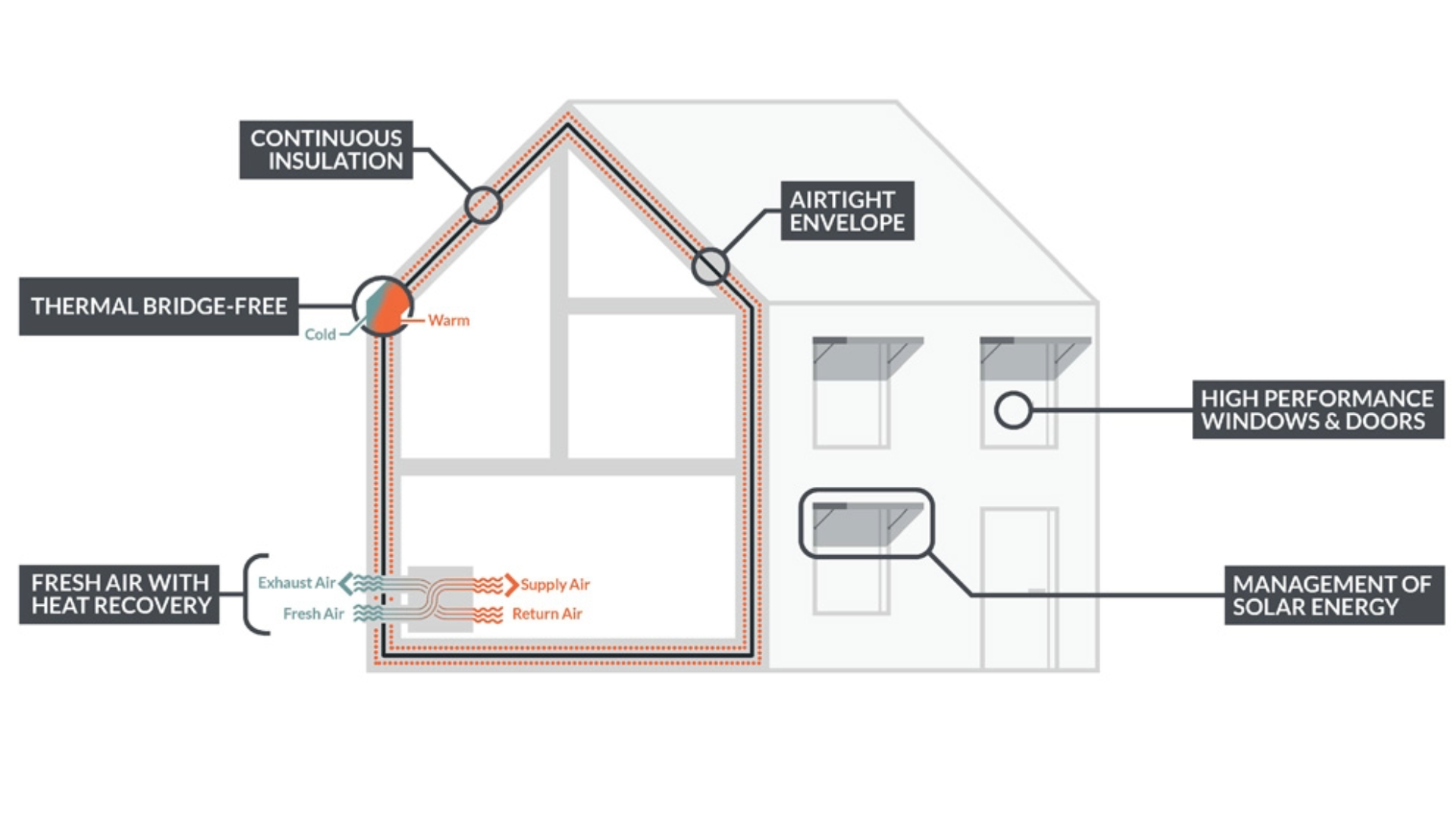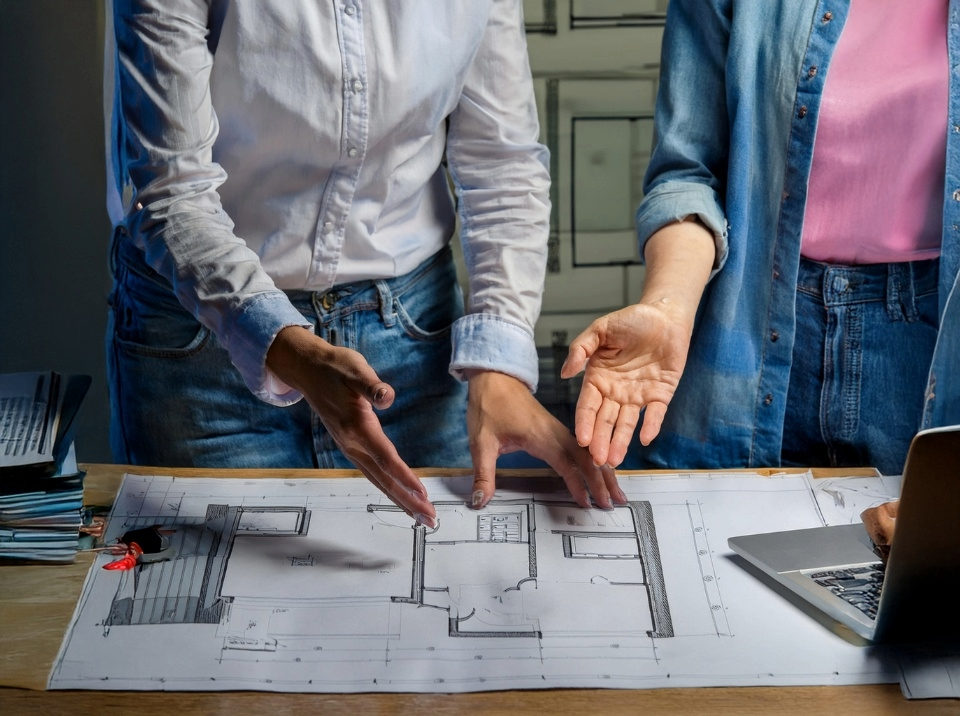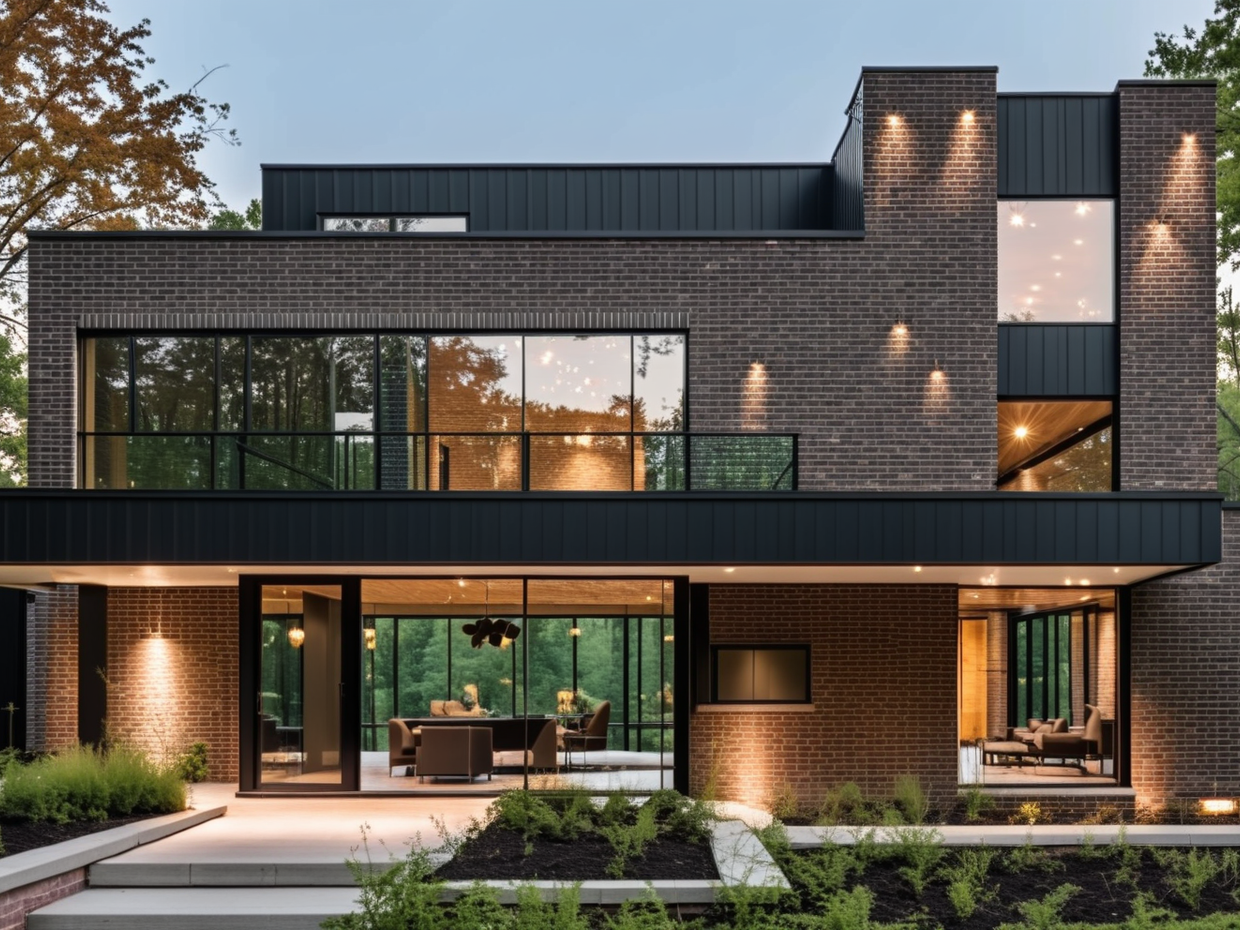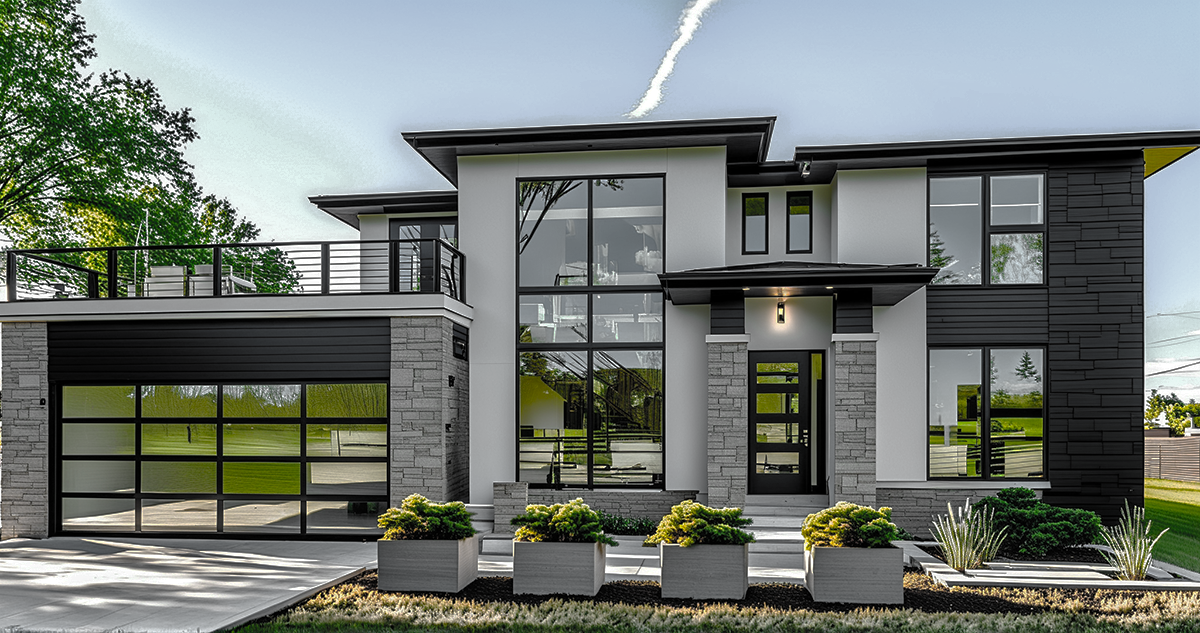Building Green: The Essentials of Eco-Friendly Construction and Home Performance
Building Green: The Essentials of Eco-Friendly Construction and Home Performance
Understanding High Performance Homes
High Performance Homes represent the pinnacle of modern residential construction, combining energy efficiency, sustainability, and comfort. Let's explore what defines these homes, their benefits, and common features.
Defining High Performance Homes
High Performance Homes are dwellings designed and built to maximize energy efficiency, durability, and occupant comfort. These homes go beyond standard building codes, incorporating advanced technologies and sustainable practices.
Hammer & Hand defines High Performance Homes as structures that prioritize energy conservation, indoor air quality, and long-term sustainability. They utilize a holistic approach to design and construction, considering the entire lifecycle of the building.
These homes often achieve certifications such as LEED, Passive House, or Energy Star, demonstrating their commitment to superior performance and environmental stewardship.
Benefits of High Performance Homes
High Performance Homes offer numerous advantages to homeowners, the environment, and society at large. These benefits extend far beyond energy savings, encompassing health, comfort, and long-term value.
Firstly, these homes significantly reduce energy consumption, leading to lower utility bills and a smaller carbon footprint. The National Association of Home Builders reports that High Performance Homes can reduce energy usage by up to 50% compared to conventional homes.
Secondly, they provide superior indoor air quality, promoting better health for occupants. Advanced ventilation systems and non-toxic materials contribute to a cleaner, healthier living environment.
Lastly, High Performance Homes often have higher resale values and lower maintenance costs, making them a wise long-term investment for homeowners.
Common Features in High Performance Homes
High Performance Homes incorporate a range of innovative features and technologies to achieve their superior efficiency and comfort. These elements work together to create a synergistic system that optimizes home performance.
Key features often include:
- Advanced insulation: High-quality insulation materials like Atlas EnergyShield XR and Rockwool Comfortbatt insulation provide excellent thermal resistance.
- Air-tight construction: Products like Huber's ZIP System create a continuous air barrier, minimizing heat loss.
- Energy-efficient windows: Triple-pane windows with low-E coatings maximize natural light while minimizing heat transfer.
- Smart home technology: Automated systems for heating, cooling, and lighting optimize energy use.
- Renewable energy systems: Solar panels or geothermal heating systems reduce reliance on grid power.
These features, combined with thoughtful design and construction practices, result in homes that are comfortable, efficient, and environmentally responsible.

Embracing Sustainable Building
Sustainable building practices are at the core of High Performance Homes. This approach considers the environmental impact of construction from start to finish, emphasizing resource efficiency and long-term sustainability.
Key Principles of Sustainable Building
Sustainable building is guided by a set of fundamental principles that prioritize environmental responsibility, resource efficiency, and occupant well-being. These principles form the foundation for creating High Performance Homes.
One key principle is energy conservation. This involves designing homes to minimize energy consumption through passive solar design, efficient insulation, and smart technology integration.
Another crucial principle is water conservation. Sustainable homes incorporate water-saving fixtures, rainwater harvesting systems, and drought-resistant landscaping to reduce water usage.
Material efficiency is also paramount. This involves using recycled or sustainably sourced materials, minimizing waste during construction, and designing for longevity and easy maintenance.
Lastly, indoor environmental quality focuses on creating healthy living spaces through proper ventilation, non-toxic materials, and natural lighting.
Materials for Eco-Friendly Construction
Eco-friendly construction materials play a vital role in creating sustainable, High Performance Homes. These materials are chosen for their low environmental impact, durability, and performance characteristics.
Some popular eco-friendly materials include:
- Recycled steel: Offers strength and durability while reducing waste.
- Bamboo: A rapidly renewable resource for flooring and structural elements.
- Reclaimed wood: Provides character while reducing deforestation.
- Low-VOC paints and finishes: Improve indoor air quality by reducing harmful emissions.
BuildingGreen offers comprehensive resources on sustainable building materials and their applications in High Performance Homes.

Redistribution of this image allowed with link to page and credit
Innovations in Green Building Practices
The realm of green building is continuously advancing, with groundbreaking construction practices that elevate sustainability and performance. These practices are redefining what's achievable in High Performance Homes.
One notable practice is monopoly framing, which optimizes the use of lumber and enhances structural integrity while minimizing waste. This method employs advanced planning and techniques to ensure resource efficiency and sustainable building.
Another innovative approach is panelized construction, where prefabricated panels are assembled off-site and then transported for quick assembly at the building location. This method reduces on-site waste and speeds up the construction process, promoting both efficiency and sustainability.
Cross-laminated timber (CLT) is also becoming popular in sustainable construction. This method uses layers of timber glued together at right angles to create durable panels that can serve as structural elements, providing an eco-friendly alternative to conventional building materials.
Achieving Energy Efficient Design
Energy efficient design is a cornerstone of High Performance Homes. It involves carefully considering every aspect of a home's construction and operation to minimize energy consumption while maximizing comfort and functionality. This is key to start at the start of your design process.
Strategies for Residential Energy Efficiency
Implementing effective strategies for residential energy efficiency is crucial in creating High Performance Homes. These strategies encompass various aspects of home design, construction, and operation.
One key strategy is passive solar design. This involves orienting the home and designing windows to maximize solar heat gain in winter and minimize it in summer, reducing the need for artificial heating and cooling.
Advanced framing techniques can significantly improve energy efficiency. By using less lumber and more insulation, these methods create a tighter building envelope, reducing heat loss and improving overall performance.
Incorporating high-efficiency HVAC systems is another vital strategy. Heat pumps, for example, can provide both heating and cooling with remarkable efficiency, especially when paired with proper insulation and air sealing.
Lastly, energy-efficient lighting and appliances play a crucial role. LED lighting, ENERGY STAR certified appliances, and smart home systems can dramatically reduce a home's energy consumption.
Importance of Home Performance Standards
Home performance standards provide a framework for assessing and improving the energy efficiency and overall quality of residential buildings. These standards are crucial in ensuring that High Performance Homes deliver on their promises.
Standards like ENERGY STAR and Passive House set rigorous criteria for energy efficiency, indoor air quality, and comfort. They provide a benchmark for homeowners, builders, and policymakers to evaluate and improve home performance.
Adherence to these standards often results in homes that are 20-30% more energy-efficient than typical new homes. This translates to significant savings on utility bills and a reduced environmental impact over the life of the home.
Moreover, these standards drive innovation in the building industry, pushing manufacturers and builders to develop more efficient technologies and practices.
Future of Energy Efficient Design
The future of energy efficient design in High Performance Homes is bright, with emerging technologies and innovative approaches promising even greater efficiency and sustainability.
Net-zero energy homes, which produce as much energy as they consume over a year, are becoming increasingly achievable. Advances in solar technology, energy storage, and smart home systems are making this goal more attainable for a wider range of homeowners.
Artificial intelligence is set to play a larger role in home energy management. AI-powered systems can learn occupants' habits and preferences, automatically adjusting heating, cooling, and lighting for optimal efficiency and comfort.
Biophilic design, which incorporates natural elements into buildings, is gaining traction. This approach not only improves energy efficiency but also enhances occupant well-being and connection to nature.
As these technologies and approaches evolve, High Performance Homes will continue to push the boundaries of what's possible in residential energy efficiency and sustainable living.
Take the First Step Towards Your Dream Home
Now that you're equipped with some tips to choose the perfect custom home builder, it's time to take action. Imagine living in a home that reflects your unique style, tailored to your needs, and built with quality craftsmanship. Don't wait any longer to start this exciting journey.
Ready to Get Started?
Reach out to us today to schedule your Complimentary Pre Design Meeting and learn more about how we can assist in vetting contractors and bring your dream home to life. We are ready to guide you through every step of the process, ensuring a seamless and enjoyable experience.
Let's Get Started
First Step... Let's Chat! Book your Complimentary Pre Design Meeting. We will take an hour or so and discuss your project, vision, any hurdles you may encounter.








